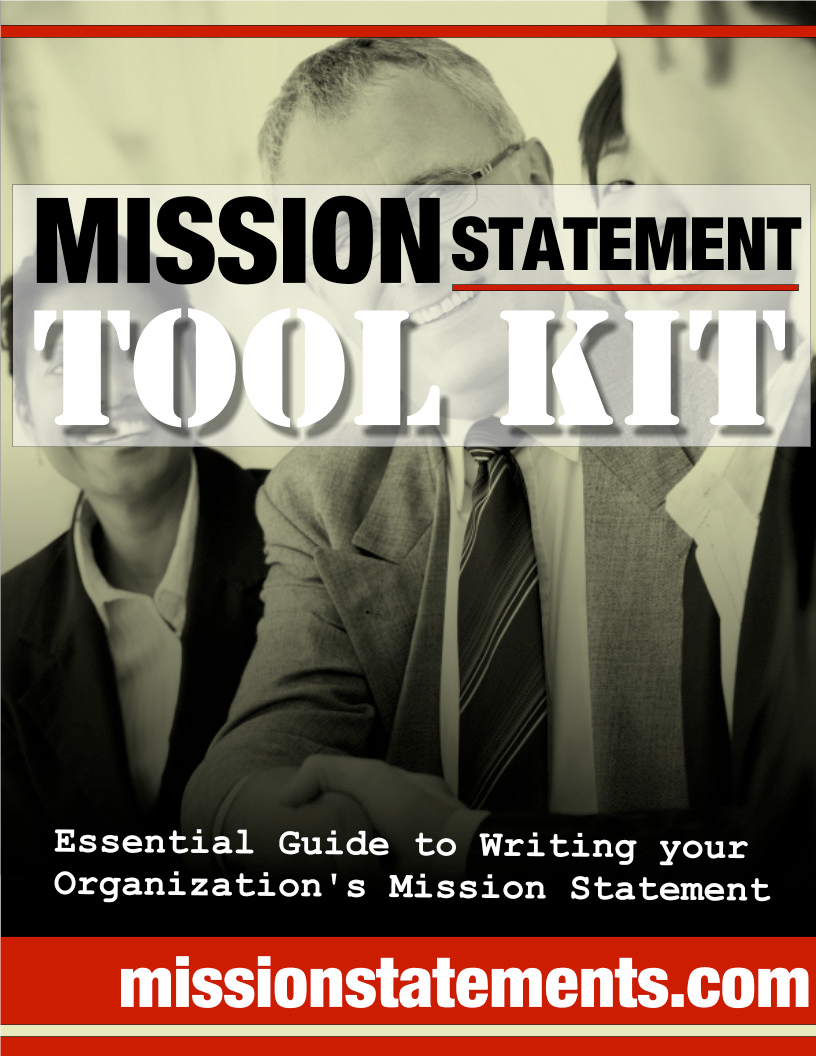We talk to a lot of people about mission and vision statements. There’s always confusion over the difference between the two types of statements.
Stephen Covey was the premier leadership guru of the twenty-first century. He said that to maximize effectiveness in your business or personal life, you must begin with the end in mind. So, first, think in detail about what you want to accomplish. Then identify what small steps would be required to get to the accomplishments or state of being you desire.
Covey went on to say that an important first step is to develop a mission statement “that focuses on what you want to be (character) and to do (contributions and achievements) and on the values or principles upon which being and doing are based.”
Let’s define the difference between mission and vision and then address where the confusion comes into play.
What is a mission statement?
A mission statement should succinctly answer at least three key questions:
- What we do
- Who we do it for
- How we do it
What is a vision statement?
A vision statement describes the values and long-range goals of your organization. People often call a vision statement the “north star” for an organization. It’s what will not change even if other factors do change.
How to avoid confusion over mission and vision statements
While there’s a distinction between a mission and vision, ultimately, they will be blended in most settings, such as brochures, conversations, and websites.
We recommend writing them separately to clarify your thinking, communicate concisely internally and with customers in some settings. You risk wasting time and losing potential opportunities if you have not gone through the process of verbalizing and then writing down what you will and will not do with time and other resources.
Often people say, “Well, I am going to be the best contractor in the country. That’s my mission.”
That’s too vast a mission ever to measure or accomplish. Whittle your mission and vision down to a set of measurable elements that are realistic. You can start with geography, types of projects or people you will serve, and how you will serve.
The vision part, which is really about your philosophy or creed, is the part that is futuristic-oriented and should not change. The vision has more to do with why you do what you do. But, you still want to refine the vision with descriptors that are as accurate as you can muster.
For example, if you want to be the best contractor in the country, ask why you want to do that and think about what “best” means to you. Does the best contractor have the highest volume of projects? Does the best contractor work in the most states? Does the best contractor make customers happiest? Does the best contractor work with integrity or the best materials, etc.?
How to meld a mission and vision statement
You can’t meld a single piece of anything. Implied in melding is at least two pieces. When we go through the process of writing both a mission and a vision with people, it enables clearer thinking. Once you feel good about descriptive statements of what, where, how, when as well as why, it becomes easier to put the two together.
Ideally, the process of developing a mission and vision will lead to one to three simple sentences that describe your mission and vision in a fashion that anyone inside or outside the organization could easily grasp why you are the best option.
Let us go down the path with you to refine a clear, concise mission and vision statement. Contact us by clicking here or just go to the Contact Page from the navigation bar.
Have you checked out the MissionStatements.Com generator? See here to get started.


